Growing trend of selling used goods contributes to greener lifestyle
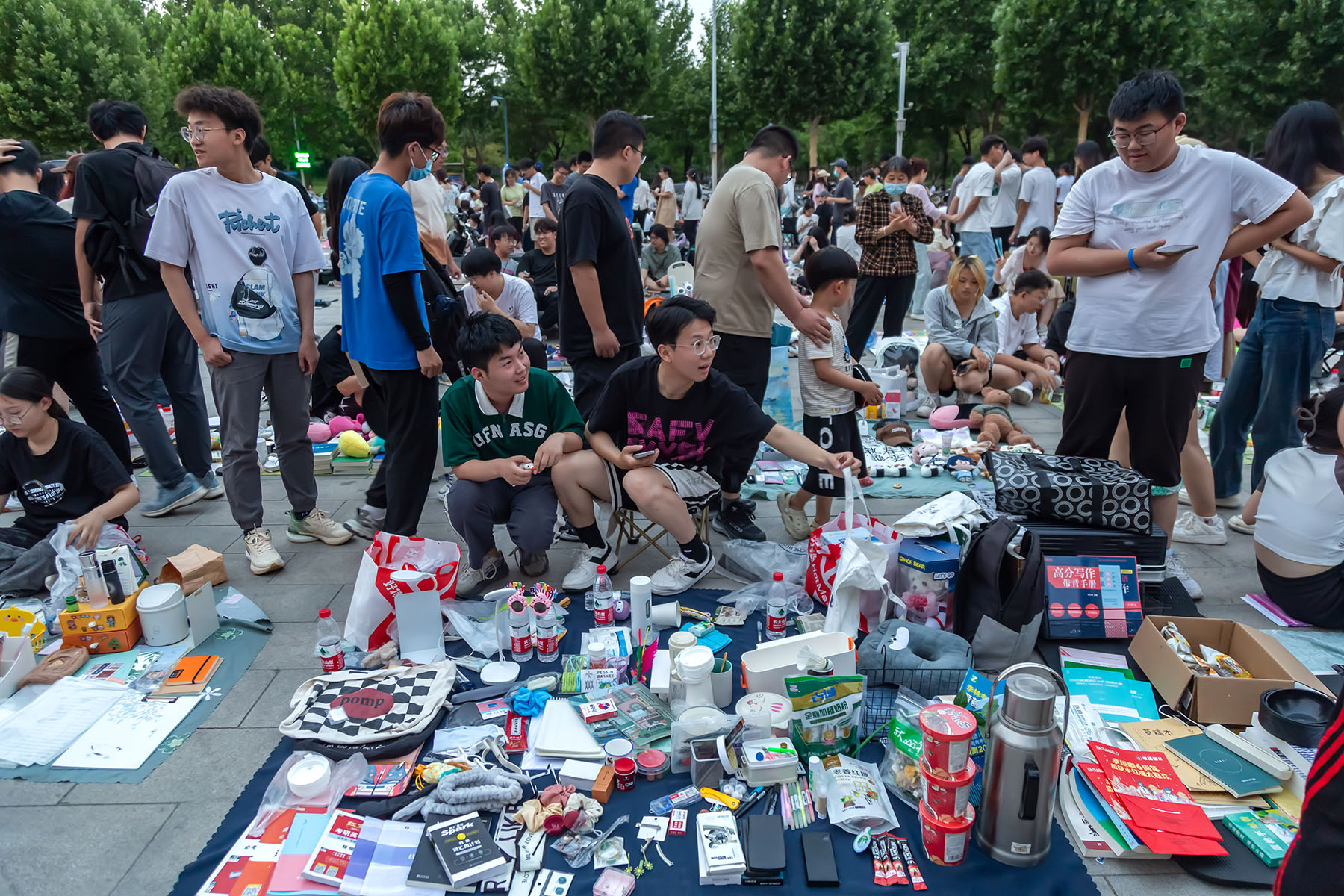
From pre-loved clothing and handbags to furniture and books, the trade in secondhand merchandise is growing rapidly in China — delivering not only bargains, but also green benefits.
The trend represents a change in Chinese people's mindset, as more consumers are recognizing the value of extending the life span of products through reuse and recycling. By embracing the secondhand market, they are not only finding cost-effective alternatives but also contributing to a more sustainable and eco-friendly way of life through the recycling of goods.
Kang Lin, in her 40s, is originally from Shenzhen, Guangdong province, and now calls Hong Kong home. A seasoned traveler, she lived in Oxford, the United Kingdom, for a year and a half, Shanghai for a year, and Chiang Mai, northern Thailand, for 12 months.
READ MORE: Cellphone owners hope for more disposal options
For Kang, buying secondhand goods is more than just a cost-saving measure — it's a lifestyle choice that celebrates sustainability and uncovers hidden treasures from the past.
"When I lived overseas, buying secondhand was the most cost-effective option since these items were inexpensive, and I didn't mind discarding them when I left," she said. "It's also environmentally friendly, as it prevents usable items from going to waste — my unwanted items may be desired by others, and vice versa."
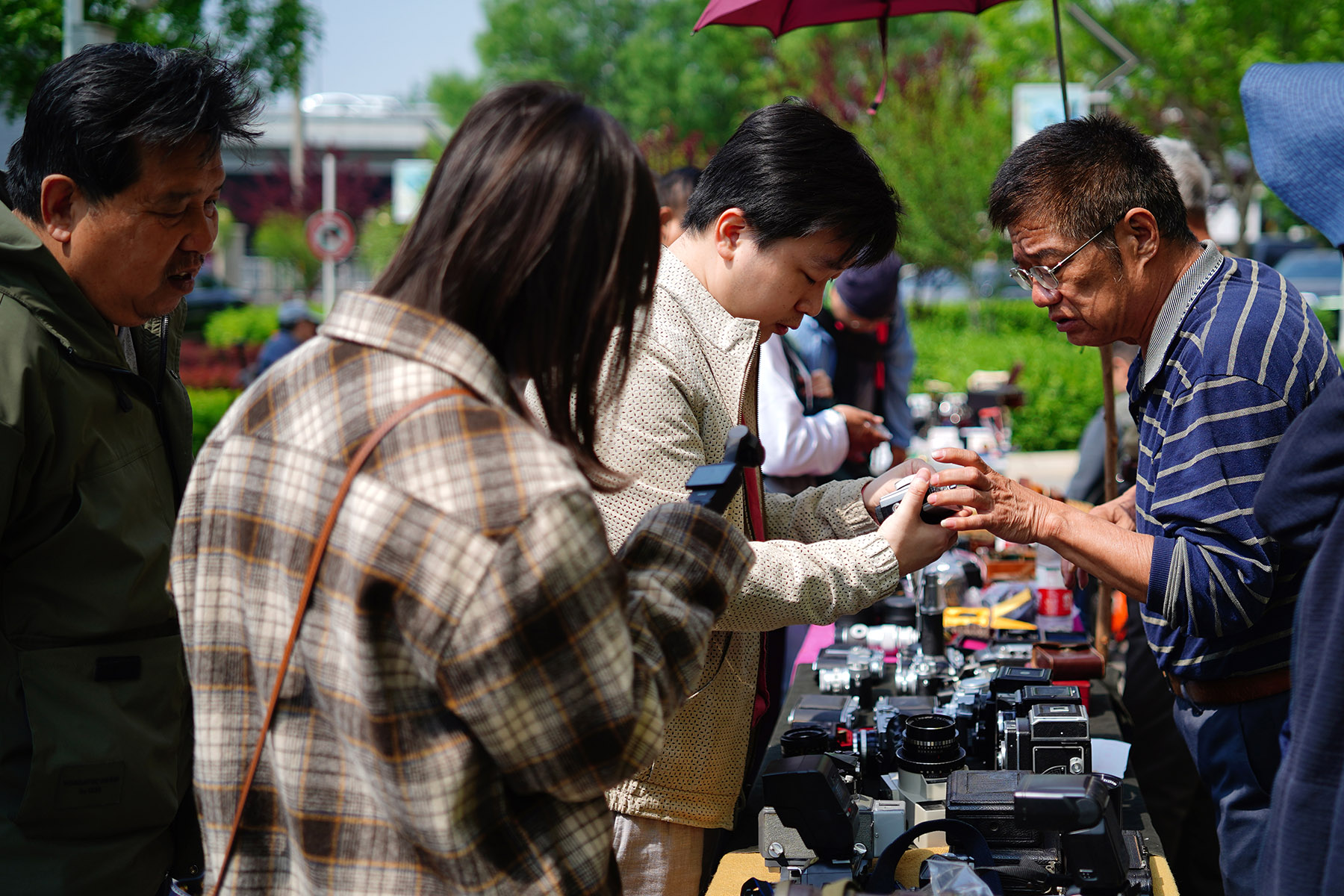
In Oxford, Kang immersed herself in exploring the city's many charity shops. She even volunteered at Oxfam, the nonprofit organization combating global hunger, which operates over 500 stores in the UK, generating nearly 50 million pounds ($63 million) annually from the sale of donated secondhand goods like clothing, housewares, furniture, and more.
But affordability isn't the sole reason Kang is drawn to secondhand shopping. She values "the opportunity to uncover treasures — especially antique items that offer a glimpse into past production techniques."
Kang has discovered "gems" from the 1920s to 1950s with no signs of wear, such as a 1925 thermos flask and 1950s woolen military long johns.
"There were also high-quality brass tools from decades ago and pop-art pioneers … It felt like I'd stepped into a museum," she said, adding the objects served as a means to travel back in time.
"The years haven't dimmed their brilliance; instead, they made them shine ever brighter," she said.
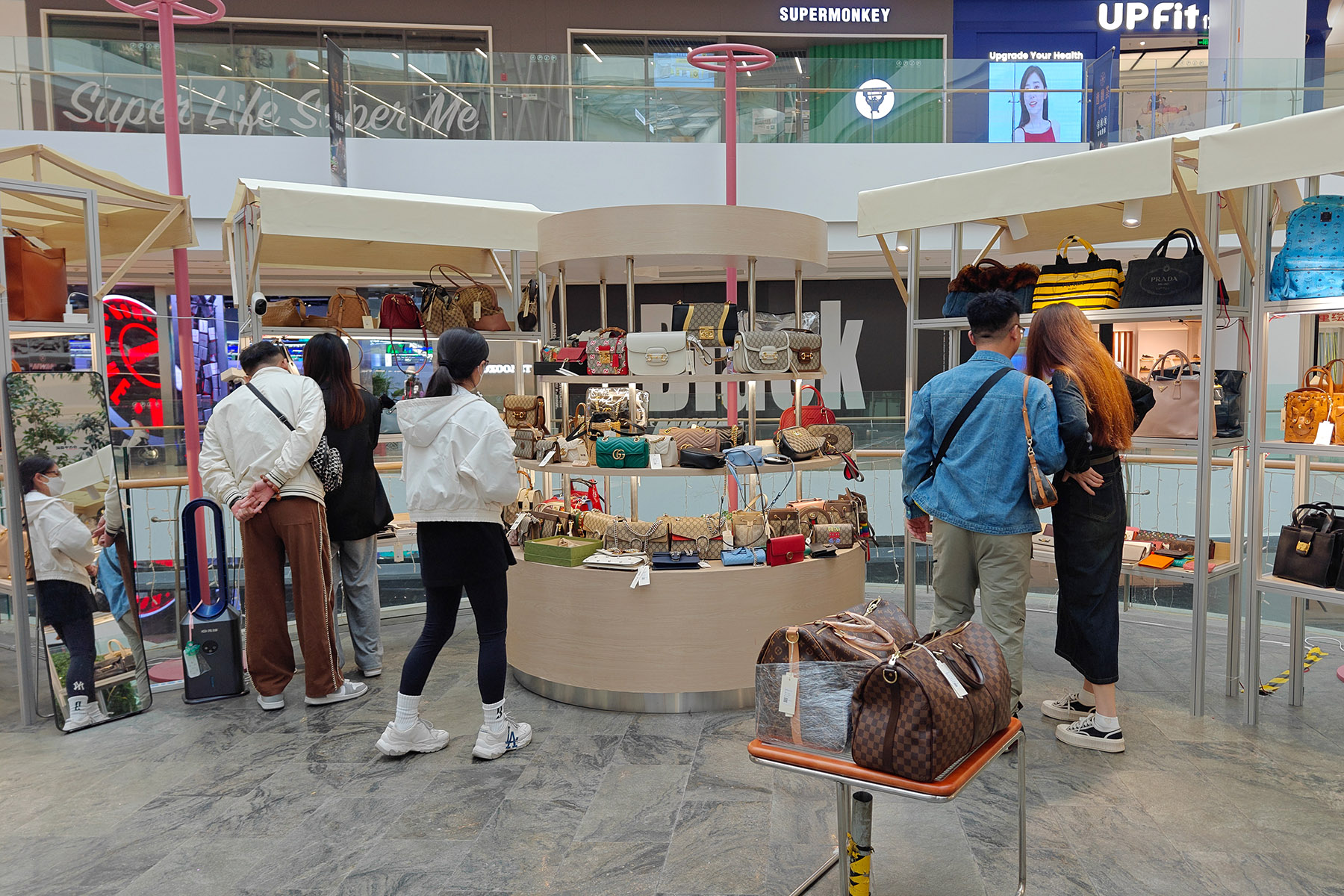
Refresh, repeat
The Deja Vu Recycle Store launched its app in 2017. In 2020, it started its secondhand clothing business and simultaneously opened a store on Anfu Road in Shanghai. In 2024, a new store opened in Hongqiao Tiandi in Shanghai. It has also developed its apparel and electronics resale business.
As of July 2024, Deja Vu recycles nearly 600,000 books and approximately 300,000 clothing items on a yearly basis. Currently, it has over 8,000 brands. Their products are sold with guarantees about their authenticity, and Deja Vu promises customers compensation equivalent to three times the purchase price if the goods are found to be counterfeit. Pirated apparel is rejected or destroyed when detected, the company said.
Ye Lu, a staff member of Deja Vu's marketing department, said the company is building a community of secondhand goods enthusiasts through numerous social media platforms.
"Previously, we used WeChat and Weibo, but recently we've tried new lifestyle platforms like Xiaohongshu, product reviews, and articles, to better connect with users and make them more comfortable with secondhand goods," Ye said.
In 2020, when Deja Vu was researching the feasibility of expanding into the secondhand clothing business, over 90 percent of survey respondents said they would not wear pre-worn clothes. Now, nearly half of their new customers get to know secondhand clothing through Deja Vu, and become repeat buyers.
During the COVID-19 pandemic, Deja Vu established an authentication process for secondhand clothing, built a fully automated secondhand clothing sorting facility, opened a popular secondhand store on Anfu Road in Shanghai, and launched clothing sales on their app.
In mid-May, Deja Vu opened a store at Hongqiao Tian Di, with an area of 1,500 square meters, selling nearly 6,000 secondhand clothing items.
"We have been witnesses to the gradual development of the secondhand market in China over the years, and it fills us with confidence about the future," Ye said.
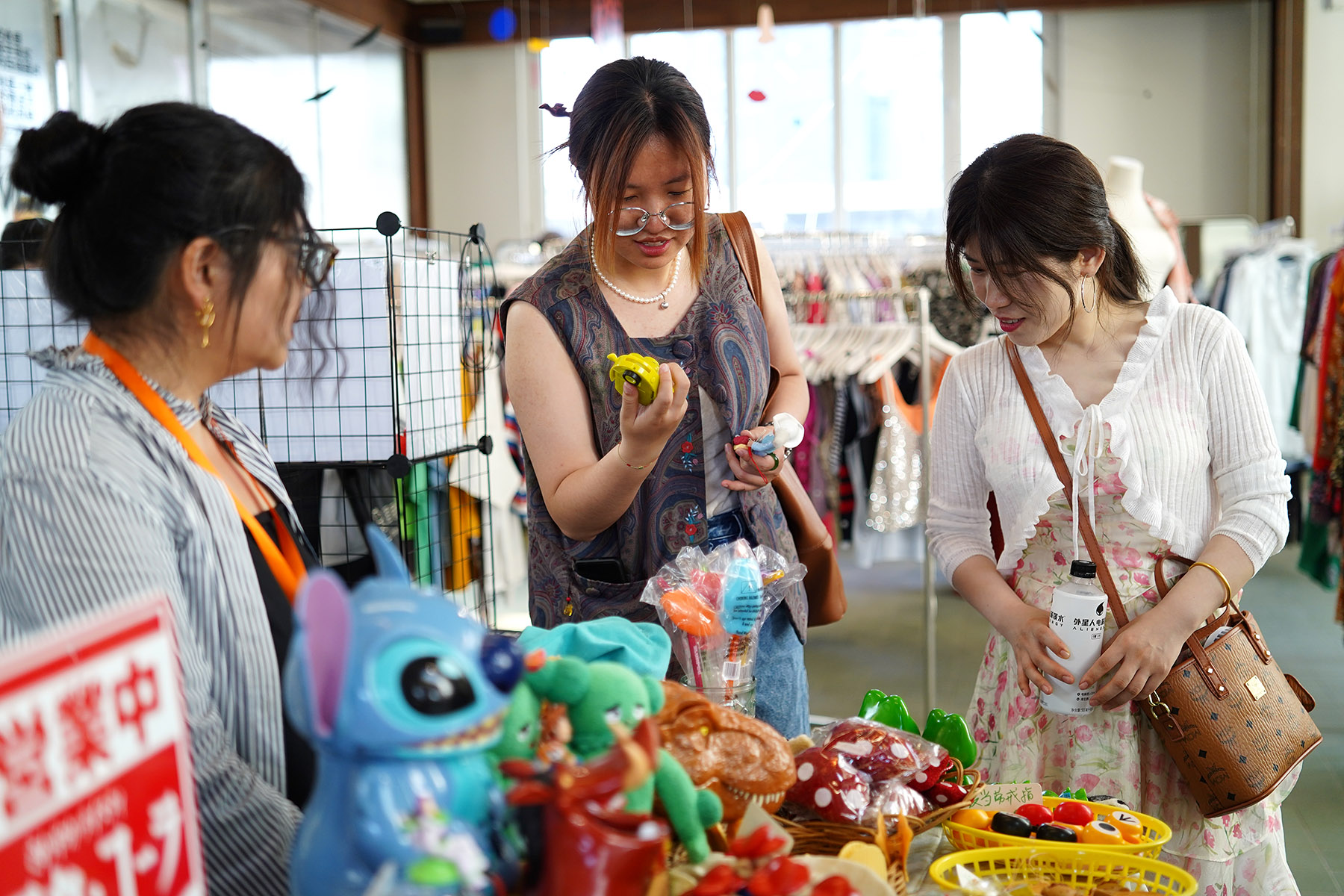
Trading for profit
The transaction volume of China's used goods market surpassed 1 trillion yuan ($139.9 billion) in 2020, and is expected to reach 3 trillion yuan in 2025, according to a report issued by the Institute of Energy, Environment and Economy of Tsinghua University.
Data from Xianyu, one of China's largest platforms for trading secondhand products, shows that the daily transaction volume on the platform has exceeded 1 billion yuan. Over the past year, about 4 million secondhand items were listed on Xianyu on a daily basis.
Forty-three percent of users are from the post-1995 generation, and 22 percent are from the post-2000 generation, the data showed. In 2023, the average post-1995 user on Xianyu earned 2,700 yuan, with young people discovering the "wealth secret" in trading secondhand goods.
The generational change is also reflected in a stronger awareness of how consumption impacts the environment.
The understanding of green consumption among those born in the 1990s and 2000s is significantly higher than other age groups in China, reaching 70 percent and 79 percent respectively, according to the Green Development Report on E-commerce in China released in 2023.
Wen Tianyi, a 21-year-old advertising major at a university in Beijing, spends around 1,000 to 2,000 yuan on secondhand goods every year and gets rid of around 10 items annually.
"During the first two years of university, I had little concept of spending money, so I ended up buying many useless items here and there," she said.
"I started paying attention to and getting rid of idle items during my freshman year, driven by the thought of wanting to get some cash back."
The first unused item Wen sold on Xianyu was a bottle of perfume she bought online.
Her initial reason for purchasing secondhand items was simply to save money. Many of the items were relatively new, having been used only a few times. However, because they were secondhand the prices were greatly discounted.
"Key differences between buying new items and secondhand ones are lower costs but higher after-sales risks (no returns, counterfeit goods, questionable conditions), and relying on mutual trust between strangers rather than a service provider-client relationship," Wen said.
She said buying and selling secondhand merchandise had reshaped her ideas on consumption. "Previously, items might have just been left unused, but now they can be revitalized with the incentive of earning some money, thereby supporting sustainable consumption," Wen said.
She has even adopted a "secondhand mentality" for making new purchases and considers how much an item will depreciate before being resold. This hit home when she sold 10 kilograms of clothing she had paid nearly 10,000 yuan for, to a clothing recycler for just 6 yuan.
A blogger on Xiaohongshu, she advocates a minimalist approach to life and is more focused on saving money and getting rid of her unused goods.
"After dealing with idle items and engaging in secondhand consumption, I have embraced the concept of minimalist living. Moving from constantly buying to decluttering and letting go, I may have found a lifestyle that truly suits me," she said.
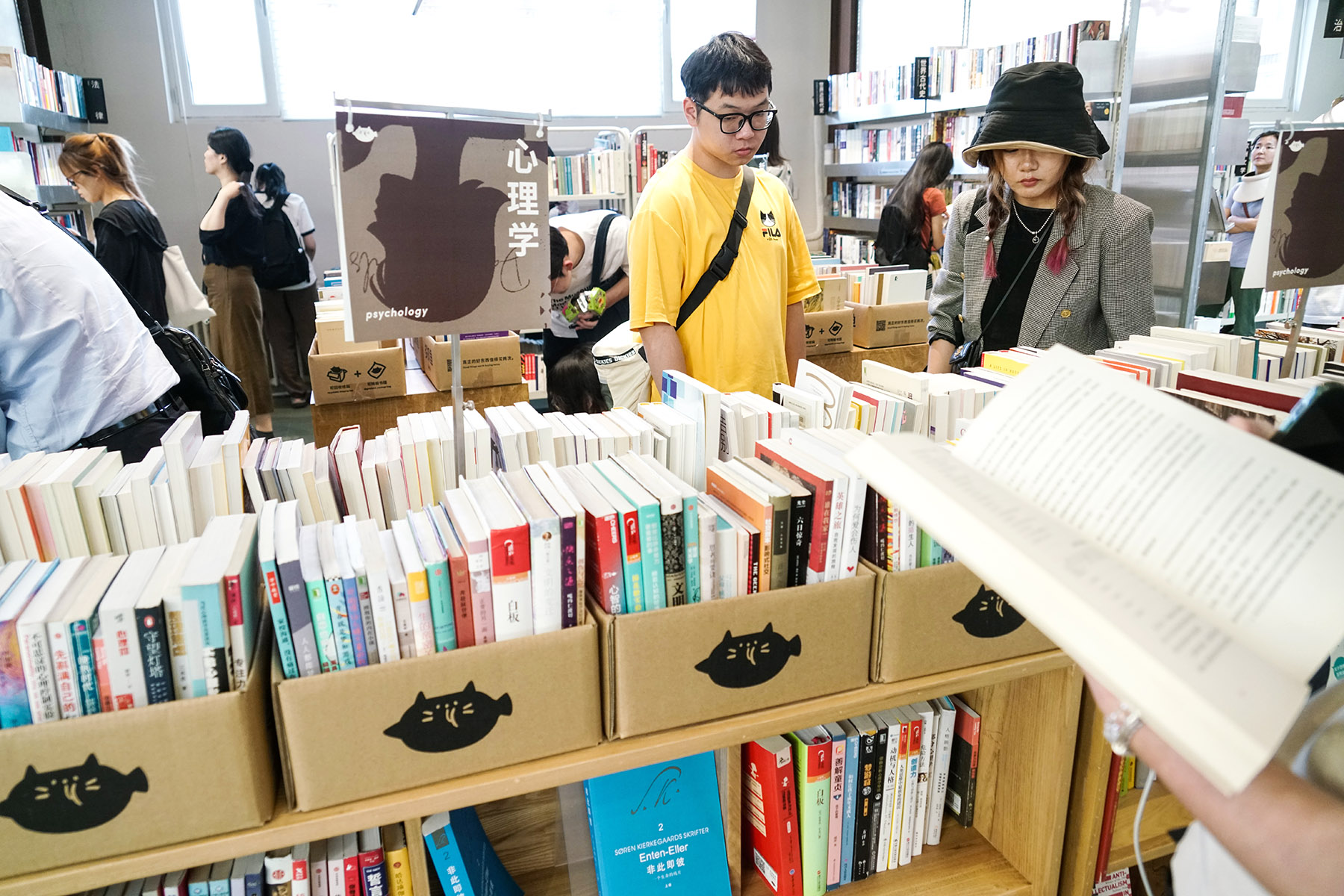
Sweet charity
The recycling of household items, goods, clothing, and donations of food, have for a long time played a crucial role in keeping charities afloat.
Jiang Shujie is the chief executive officer of Buy42, a charitable organization founded in 2010, which operates 14 charity stores in Shanghai and sells donated goods at 30 to 70 percent below market prices.
She believes the secondhand goods market is an indication of a healthy developed economy.
"The popularity of secondhand purchases is also linked to economic development — as basic needs are met and material accumulation increases in developed countries, a prosperous secondhand market emerges from the surplus goods," she said.
After running the charity for the past seven years, Jiang said she had seen customers go from doubting the safety and hygiene of previously owned items to viewing purchasing secondhand goods as a "cool trend".
This is driven by Generation Z's pursuit of high-end goods originally priced out of their reach, which they can now afford as secondhand purchases. It also aligns with their pursuit of unique, sustainable goods at affordable prices.
The prevalence of green consumption among Chinese people has helped propel the secondhand goods sector into a period of rapid development. However, due to the nature of secondhand transactions, trust issues — such as the authenticity of goods — remain core factors in determining how far the industry can go.
"Secondhand trading platforms play a crucial role in establishing trust — acting as a bond between buyers and strangers," Jiang said. "A high level of trust is required for consumers to accept purchasing and using secondhand goods with potential flaws from unknown previous owners. The value of these platforms lies in facilitating trust for the secondhand market to operate."
However, from a positive perspective, Jiang said such platforms satisfy diverse needs — from trading secondhand luxury items to connecting communities with shared interests.
She believes that platforms like Buy42 provide "low-barrier" public welfare opportunities by recycling secondhand and unused items.
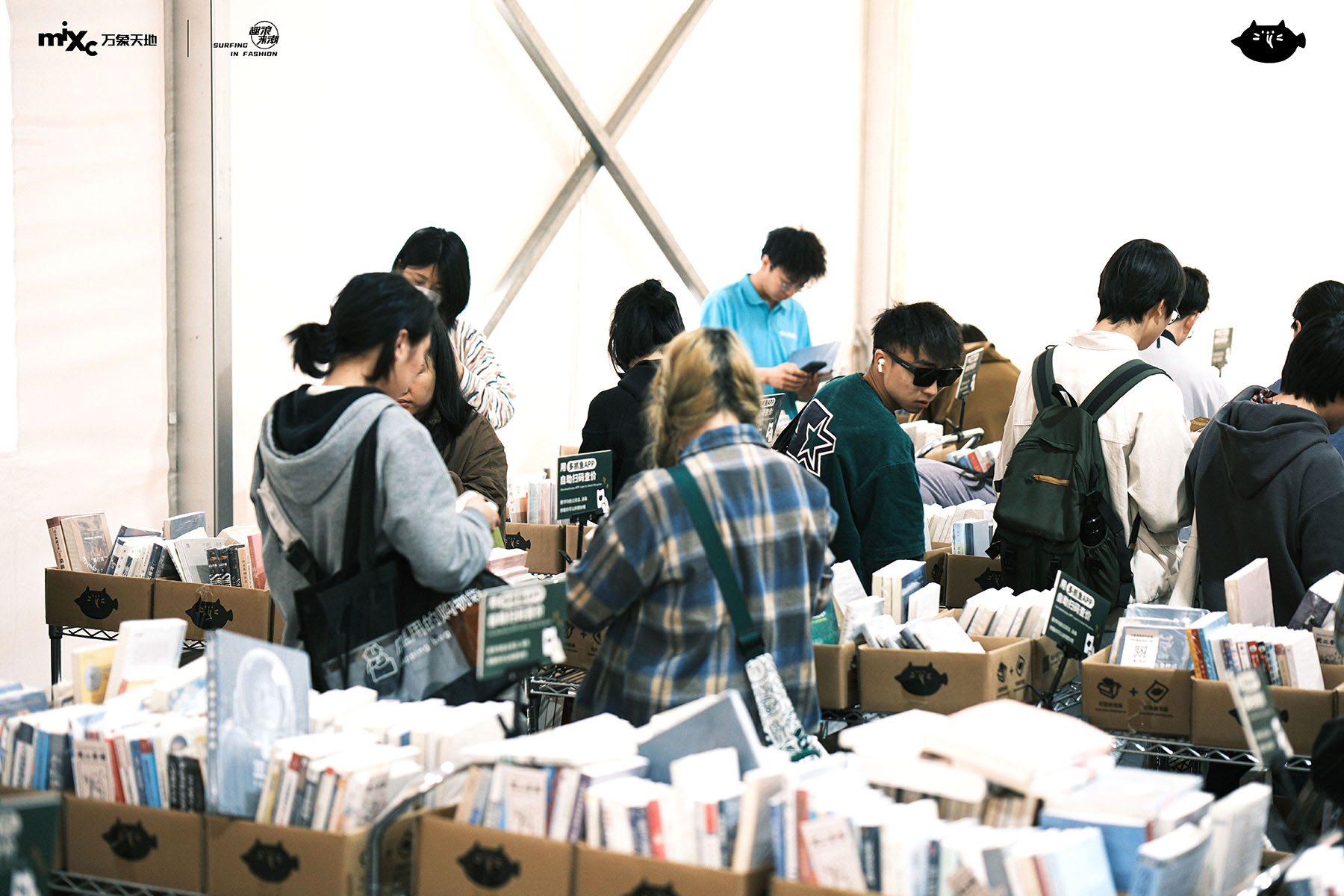
Green vision
As the world's second-largest consumer market and the largest online retail market, China has introduced various policies in recent years to encourage and support green consumption and promote the recycling of unused items.
"In recent years, our country has been advocating the concept of sustainable living and ESG (Environmental, Social, and Governance) principles. Whether from the corporate level, the government level, or the public welfare sector, there has been increasing promotion of more environmentally friendly consumption attitudes, which are becoming deeply rooted in people's mindset," Jiang said.
In July 2021, the National Development and Reform Commission (NDRC) issued the 14th Five-Year Plan for Circular Economy Development, explicitly encouraging the development of the "internet plus secondhand" model, strengthening the management responsibilities of internet trading platforms, and enhancing the oversight of such trading to provide standardized and regulated services for secondhand goods transactions.
ALSO READ: Hainan takes lead in waste recycling role
"Establishing a sound recycling system for waste materials is of great significance for achieving carbon peak and carbon neutrality, and the trading of idle goods is also an important measure to help achieve these 'dual carbon' goals," said Du Huanzheng, director of the Institute of Ecological Civilization and Circular Economy at Tongji University in Shanghai.
In 2022, the NDRC and the Ministry of Commerce, along with other departments, issued the Implementation Plan for Promoting Green Consumption. The plan proposed the expansion of channels for the sharing and utilization of idle resources and secondhand transactions.
"People's mindset toward using secondhand products is gradually shifting, and the volume of secondhand transactions is increasing, corresponding to supply and demand," Du said.
"With more standardized trading platforms emerging in China, this signals that the secondhand market will definitely be a future lifestyle trend."
Contact the writer at sunnyu923@163.com



